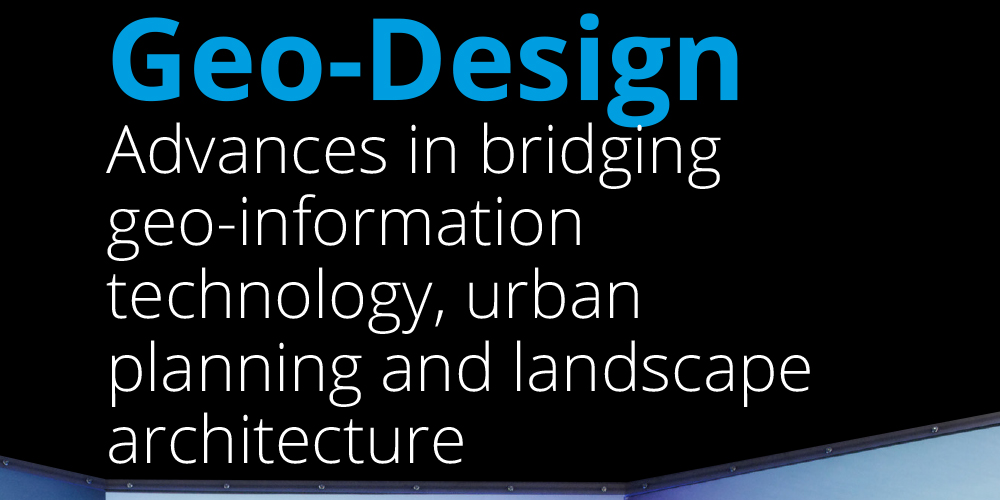Advances in bridging geo-information technology, urban planning and landscape architecture
Downloads
DOI:
https://doi.org/10.7480/rius.4.1566Abstract
Geodesign is a GIS-based planning and design method, which tightly couples the creation of design proposals with impact simulations informed by geographic contexts. Geodesign as such comprises a set of geo-information technology driven methods and techniques for planning built and natural environments in an integrated process, and includes project conceptualization, analysis, design specification, stakeholder participation and collaboration. Though the origins of this concept can be traced back to the early1960’s – and without computers to the end of the nineteenth century – from 2005 onwards the term geodesign was introduced in order to (re-)present GIS (geographic information systems) as an instrument for planning and design. In fact it is an attempt to bridge the possibilities of geo-information technology and the needs of urban landscape research, planning and design. This is needed because often GIS is recognized as a useful tool but the potential of GIS is still underutilized in these fields, often due to a lack of awareness and prejudice.
Geodesign. Advances in bridging geo-information technology, urban planning and landscape architecture brings together a wide variety of contributions from authors with backgrounds in urban planning, landscape architecture, education and geo-information technology presenting the latest insights and applications of geodesign. Geo-Design is here understood as a hybridisation of the concepts “Geo” – representing the modelling, analytical and visualization capacities of GIS, and “Design” – representing spatial planning and design, turning existing situations into preferred ones. Through focusing on interdisciplinary design-related concepts and applications of GIS international experts share their recent findings and provide clues for the further development of geodesign. This is important since there is still much to do. Not only in the development of geo-information technology, but especially in bridging the gap with the design-disciplines. The uptake on using GIS is still remarkably slow among landscape architects, urban designers and planners, and when utilised it is often restricted to the basic tasks of mapmaking and data access. Knowledge development and dissemination of applications of geodesign through research, publications and education therefore remain key factors. This publication draws upon the insights shared at the Geodesign Summit Europe held at Delft University of Technology in 2014. All contributions in the book are double blind reviewed by experts in the field.
The publication starts with a personal historical perspective by Carl Steinitz, one of the founding fathers of geodesign. Further contributions are organized thematically in three parts. The papers in part 1 focus on advances, applications and challenges of geodesign in spatial planning and design. Part 2 treats more specific issues and applications of geodesign related to land use, urban and facility management. Part 3 presents some interesting cases of geodesign education. While all the papers address the wider scope of geodesign they also treat synthetic positions that overarch the whole variety of aspects touched upon, either thematically or in a specific place.
How to Cite
Published
Issue
Section
License
Copyright (c) 2016 Steffen Nijhuis, Frank van der Hoeven

This work is licensed under a Creative Commons Attribution 4.0 International License.




